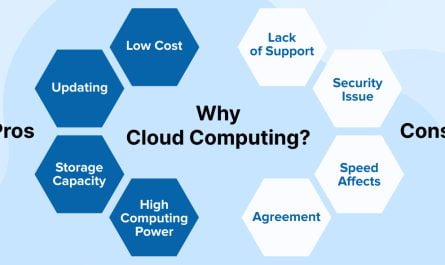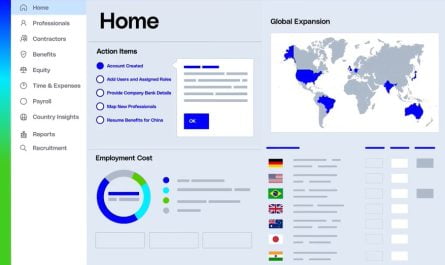In the world of business intelligence (BI), there are two leading software options: Qlik and Tableau. Both have their pros and cons, but we believe that Qlik is the better option for most businesses. Here’s a breakdown of why we believe that to be the case.
Ease of Use
One of the biggest advantages that Qlik has over Tableau is its ease of use. With Qlik, users can easily create custom dashboards and reports without any prior knowledge of coding or BI software. This is thanks to Qlik’s user-friendly drag-and-drop interface.
In contrast, Tableau requires its users to have at least some coding knowledge in order to create custom reports and dashboards. While Tableau does offer some pre-built templates, these are often not enough for businesses who need specific data sets and metrics displayed in a certain way. As a result, businesses who opt for Tableau often have to hire expensive consultants to help them get the most out of the software.
Flexibility
Qlik is also more flexible than Tableau when it comes to data sources. Qlik can connect to any data source, whether it’s on-premises or in the cloud. This means that businesses can use Qlik to make sense of all their data, regardless of where it’s stored.
Tableau, on the other hand, can only connect to certain data sources. If a business’s data isn’t compatible with Tableau, they’ll have to go through the time-consuming and expensive process of migrating their data to a compatible format.
Security
From a security standpoint, Qlik is also the superior option. With Qlik, businesses can control exactly who has access to which data sets and reports. This ensures that sensitive information stays secure and doesn’t fall into the wrong hands.
Tableau doesn’t offer this same level of security; instead, it relies on businesses’ existing security infrastructure. This means that if a business doesn’t have robust security measures in place, their Tableau data could be vulnerable to attack.
FAQs
Why is Tableau better than Qlik Sense?
Tableau is generally considered to be more user-friendly and intuitive than Qlik Sense, particularly for those who are not experienced in data analytics. It is also faster and easier to deploy than Qlik Sense, making it a better choice for organisations who need to get up and running quickly. Additionally, Tableau offers a wider range of features and functionality than Qlik Sense, giving users more flexibility in how they analyse and visualise their data.
Is Qlik Sense like Tableau?
Qlik Sense is similar to Tableau in that it is a business intelligence and data visualisation tool. However, there are some key differences between the two platforms. Firstly, Qlik Sense is designed to be used by businesses of all sizes, whereas Tableau is typically used by larger enterprises. Secondly, Qlik Sense offers a greater range of features than Tableau, including things like predictive analytics and machine learning. Finally, Qlik Sense is less expensive than Tableau, making it a more affordable option for small and medium-sized businesses.
Is Qlik worth learning?
Qlik can be a valuable addition to your skillset, particularly if you are interested in business intelligence or data visualization. It is a powerful platform that offers a lot of flexibility and functionality, and it is also growing in popularity, so learning Qlik could help you to secure a job in this field in the future.
Is Qlik Sense in demand?
Yes, Qlik Sense is definitely in demand. More and more businesses are recognizing the benefits of using this platform to analyze and visualize their data, so there is a growing need for professionals with Qlik Sense skills. If you want to stay ahead of the curve, learning Qlik Sense is a good idea.
place, their Tableau data could be vulnerable to attack.
Conclusion:
Qlik is the better business intelligence tool for most businesses thanks to its ease of use, flexibility, and security features. If you’re considering investing in BI software for your business, we recommend giving Qlik a try.


